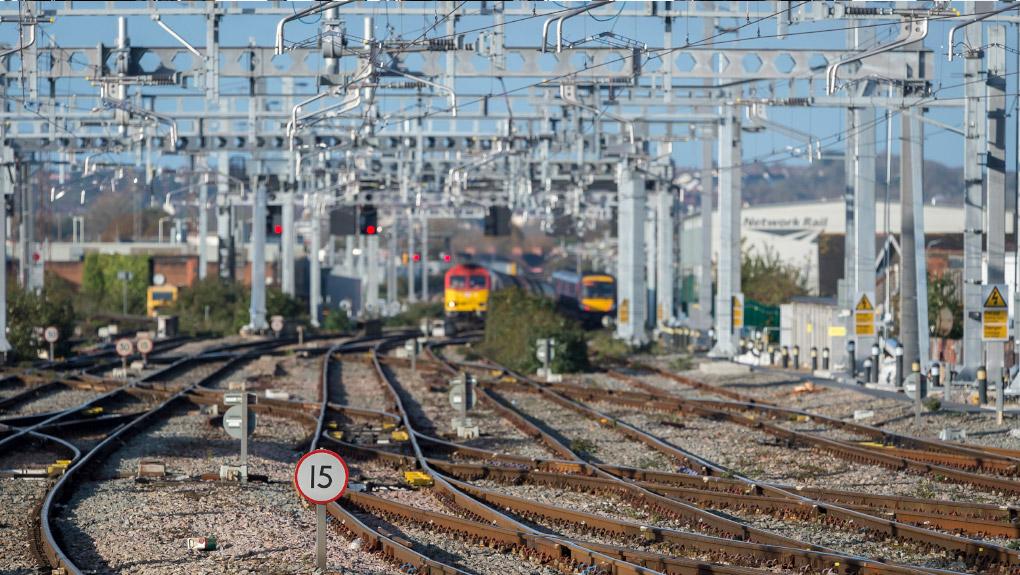
The review into possession efficiency - when Network Rail closes sections of the railway for works - looked at how planned engineering works benefitted rail users, funders and passengers.
The findings show a lot of changes to access plans, including cancellations and inconsistent processes being adopted across all Network Rail regions in managing ‘late changes’ to possession. These often occur after revised timetables have been made available to passengers.
There is also a lack of understanding of the Network Code, access costs and impact of disruption.
Opportunities to minimise compensation paid to train operators were also missed by NR Regions at the planning stage.
ORR is working with Network Rail to discuss how NR can act on the review’s findings and ORR will monitor progress every 3 months, with a further full review in September 2022. The regulator will also undertake ‘deep dives’ into four key areas:
‘Late changes’ approach across Network Rail regions
- ORR will look at the rationale behind the ‘late changes’ approach, which has become the norm in some regions such as Eastern (Anglia route) and Scotland. ORR will assess consequential effects such as increased costs through compensation payments to train operators and disruptions to passengers.
Integrated planning
- The regulator has asked Network Rail to demonstrate better planning of engineering works, greater benefits in overall engineering costs and better deliverability of engineering works, given available access and availability of resources.
Contingency planning
- While Network Rail has already taken steps to improve contingency planning following the launch of Project SPEED in early 2021, improved data and monitoring is now needed that will ultimately support the development of a ‘future track access’ system as discussed in the Williams-Shapps Plan for Rail.
Governance and monitoring
- National and regional improvement initiatives relating to possession planning and delivery are underway, however, there is a lack of defined accountability. ORR wants to see Network Rail’s centre function take the lead in managing possession efficiency improvements, to evaluate and compare regional performance, and to share best practice across network.
John Larkinson, Chief Executive, ORR said:
Notes to editors:
- Independent Reporter: Review of Network Rail possession efficiency.
- The Network Code is a common set of rules and industry procedures that apply to all parties who have a contractual right of access to the track owned and operated by Network Rail. There is an established industry process under the Network Code for Network Rail to agree access with train operators for planned engineering works. If Network Rail seeks more access to undertake its engineering works or defined outputs and that access is potentially disruptive, it should demonstrate that access is well planned and is being used efficiently.
- Rail Project SPEED (Swift, Pragmatic and Efficient Enhancement Delivery) was jointly developed by the Department for Transport (DfT) and Network Rail, and launched in February 2021.
- The Office of Rail and Road (ORR) holds Network Rail to account for its management of the GB rail network, monitoring how it operates the network to keep trains running on time, and how it keeps the network safe and in good condition.

